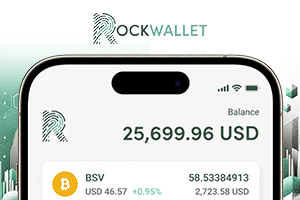|
Getting your Trinity Audio player ready...
|
The central bank of Japan has no immediate plans to launch a central bank digital currency (CBDC) but is continuing to explore the digital yen in a pilot program.
Speaking at the ninth CBDC Liaison Council meeting with private sector partners on June 2, Bank of Japan (BOJ) Director Kazunari Kamiyama cited the country’s continued high cash usage as a primary factor in the decision to rule out a CBDC, at least for the foreseeable future.
The comments produced a somewhat mixed message coming as they did ten days after the central bank released a second progress report on its digital yen pilot program, which involves seven working groups and 64 private companies through the CBDC Forum.
These groups are tasked with exploring different aspects of digital currency development through both technical implementation and theoretical research. For example, one working group is looking at how CBDCs can integrate with emerging technologies, such as distributed ledger technology (DLT)—the foundation of blockchain technology.
Building on blockchain
As part of the study, researchers considered deploying a CBDC on a public blockchain, but concluded the approach wasn’t currently viable due to scalability limitations, privacy concerns, and governance challenges.
While this avenue to a widescale CBDC was deemed unfeasible, the pilot did identify other potential future pathways, including layer 2 blockchains—secondary frameworks built on top of a layer 1 blockchain (e.g. Ethereum)—that can offer increased scalability and reduce transaction costs.
The pilot program also explored using CBDCs to settle security token transactions on permissioned blockchains—not publicly accessible blockchains—though this approach would require pre-funding mechanisms.Another avenue explored was issuing a digital asset backed by a CBDC, similar to a stablecoin. However, it was noted that this would require strict wallet and smart contract whitelisting.
API or webhook
Outside of the foundation technology on which a hypothetical digital yen would be built, the research also explored the need for modular, basic application programming interfaces (APIs) that could be combined to create more sophisticated applications.
APIs are mechanisms that enable two software components to communicate with each other using a set of definitions and protocols.
While APIs offer valuable functionality, the pilot program found that excessive usage could create performance bottlenecks. For instance, frequent API calls to verify transaction completion could strain the system.
Instead, the research report favored ‘webhooks’, which are data and executable commands sent from one app or system to another when an event occurs, rather than being request-based like APIs. While APIs may give more control, webhooks can be faster for real-time updates without needing to keep requesting the new data.
The researchers leant toward webhook technology due to its ability to reverse the data flow by pushing notifications to users when transactions are completed.
The working groups have so far examined these various features separately, but the central bank said it plans to explore how different elements interact across the system.
Thus, despite having no immediate issuance plans, Japan will continue its CBDC research efforts. Meaning, a digital yen is not off the table entirely.
Watch: CBDCs are more than just digital money

 06-12-2025
06-12-2025 





